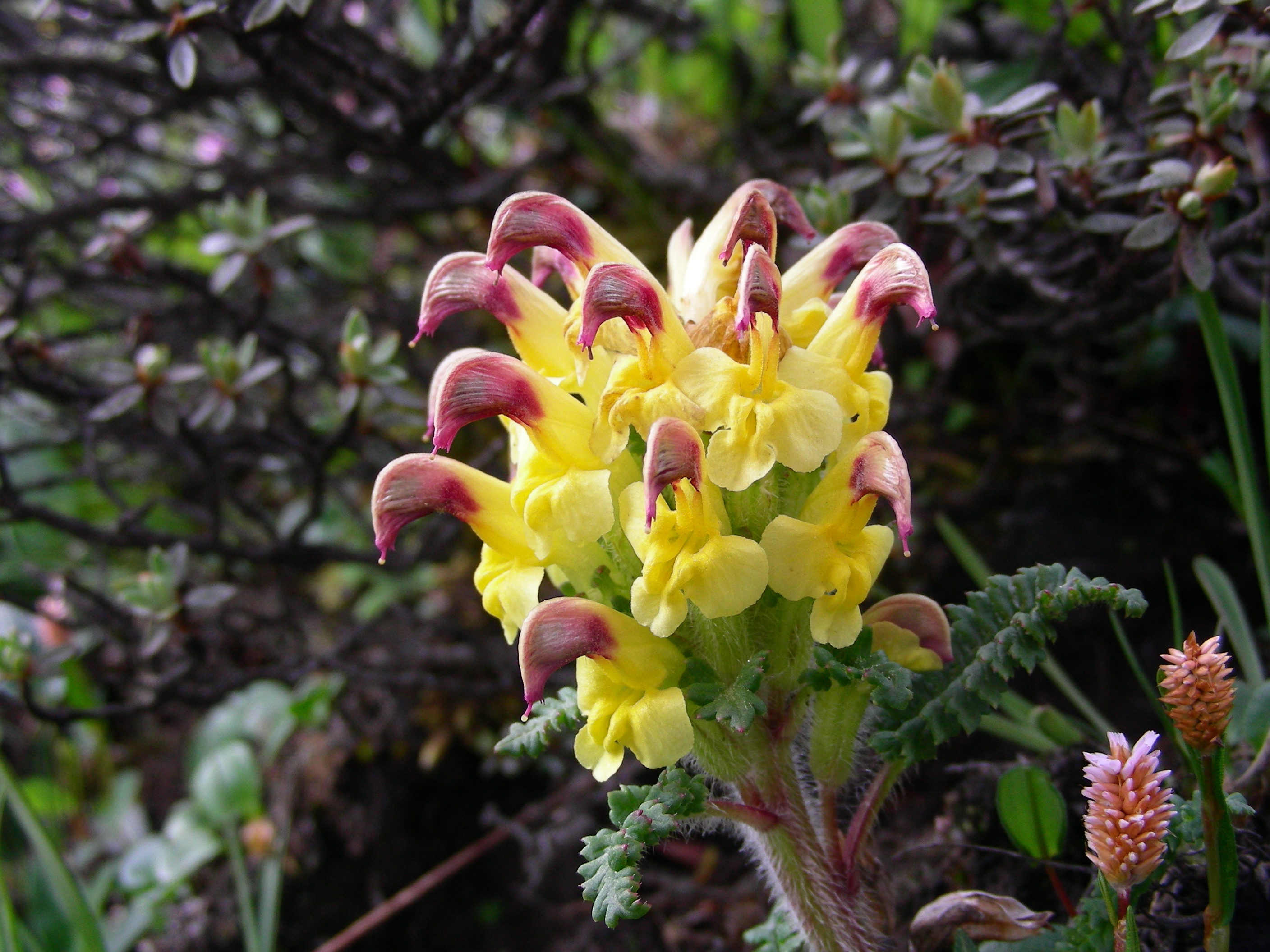Lead Researchers:
Dr. Robbie Hart - William L. Brown Center
Dr. Jan Salick - William L. Brown Center
Fang Zhendong - Shangri-La Alpine Botanic Garden
Yunnan Province, where WLBC researchers work, holds the richest biodiversity in China. The Hengduan mountains, where WLBC researchers work, are at the eastern extreme of the Himalayan region. They are known to the local Tibetans as Menri or Medicine Mountains – their lush, high mountain fields are the principle habitat for the majority of Tibetan medicinal plants. Beyond medicines, native plants are used by Tibetans and other indigenous peoples of the Hengduan in every aspect of their lives, as foods, fibers, construction materials, animal fodder, and much more. From the mundane to the sacred, from subsistence to ceremony, plants are an integral part of their life.

For indigenous peoples, these non-timber products are not just sustenance, but also major sources of income. Sales of mushrooms, medicines, and ornamental plants represent a substantial proportion of household income, and the Medicine Mountains have been a source for medicines in eastern China, India, and even Europe for centuries. However, modern pressures brought on by transportation, markets, and interests in herbal medicines are threatening traditional land stewardship, even as climate change threatens the plants themselves.
Conservation and management of plants and are integrated into local culture: sacred geography in the Hengduan protects natural resources from large areas to individual trees. Through sanctification, a mountainside or an ancient tree may be protected from grazing or logging.
Working together with indigenous people and with scientists at the Shangri-La Alpine Botanic Garden and the Kunming Institute of Botany, WLBC researchers work in China to monitor the response of alpine vegetation and plant phenology to climate change, to document indigenous knowledge and perceptions of climate change, dynamic adaptations to climate change, and traditional resource practices that mitigate climate change.